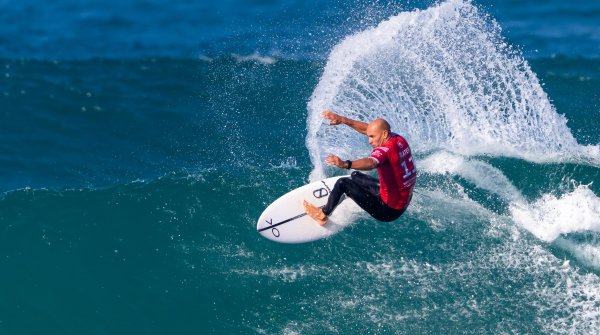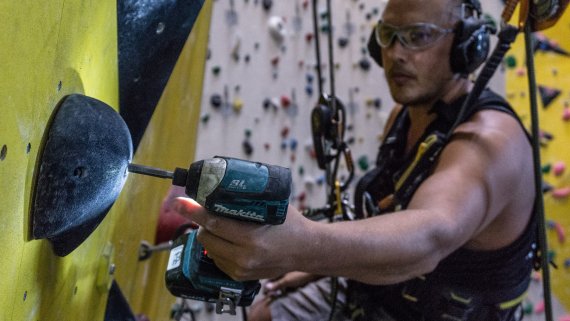
Peter Zeidelhack is chief route setter of the DAV climbing center in Thalkirchen. The climbing center in Munich is the largest in the world. Zeidelhack is also working on the routes in the DAV climbing halls Freimann, Gilching and Bad Tölz. As one of the first route setters, a member of the DAV national team for route construction and a sought-after speaker at symposia worldwide, he knows what matters. For him, modern route construction means: "The bait must taste good to the fish, not the fisher."
In the interview with ISPO.com, he talks about the success factor route setting, about how the job of a route setter has changed, how it will develop in the future and what makes a good route.
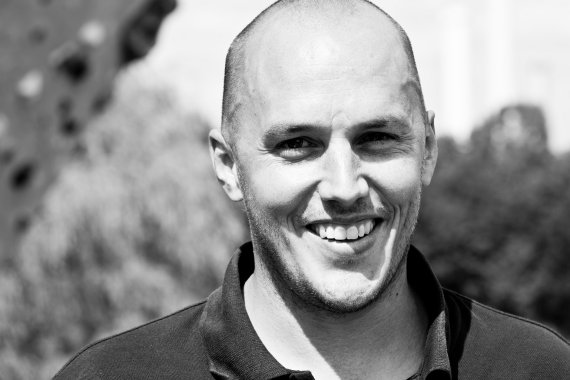
ISPO:com: Mr. Zeidelhack, how important is route setting for the success or failure of a climbing or bouldering hall today?
Peter Zeidelhack: You could compare route setting with an apple market. If I like the apple, if it's nicely polished and nicely draped, I'll come back. If this is not the case, I will try the apple of another vendor next time. The same applies to climbing and bouldering routes: if they are not fun, because they are too heavy or too easy or too monotonous, the customers stay away in the medium term. The route setting team ultimately determines how successful a climbing hall is and whether it will remain so.
Seems like a job with a lot of responsibility. Are the route setters aware of this?
We have been working hard on this awareness for the last few years. Because route setting, like climbing, comes from top-class sports. Now climbing has developed into a popular sport and has even become a school sport in many German states such as Bavaria and Baden-Wuerttemberg. Accordingly, the needs for route setting have changed completely.
The aim was then to develop training and further education in this area, resulting in an apprenticeship as a route setter for popular sports, which I have been coordinating for over 6 years in the DAV national teaching team. Because it became clear that while competition route setting is all about constructing a route that only one person can finish, route setting for popular sports is all about arriving safely at the top and having fun at the same time.
Let's speak about the training: is this an apprenticeship in the conventional sense? Can I apply for a job as a route setter after graduating from school?
That was indeed briefly considered, but ultimately, route setting as a profession is too limited and specific, even if it has arrived in the segment popular sports. So it did not make sense to put this in the IHK context with 2.5 years of training. We are currently working together with the DAV on a new concept for a holistic job description that is geared towards hall managers. Christian Popien (editor's note: owner of Climb-Inn and operator of the DAV Wupperwände) and I submitted a concept to the DAV 5 years ago, because it was already clear to us then that the hall operators would face a problem in the medium term.
What problem would that be?
That there are no qualified employees in the halls. For the future, it is important to agree on a job profile that will make a climbing hall fit for the future. Christian Popien has developed the "5 pillars of hall management" in the "Routesetter" magazine. Ultimately, it is important to get these five management areas under one professional denominator. Stefan Winter, from the DAV sports development department, is now driving this development forward.
That sounds very interesting. Can you give us a brief list of the 5 pillars of the future hall manager?
- Business asset management
- Understanding sports - sports facility management
- Technical understanding - technical plant management
- PR and public relations work
- Risk and crisis management
Route construction is integrated here in the "Sports Facility Management" segment.
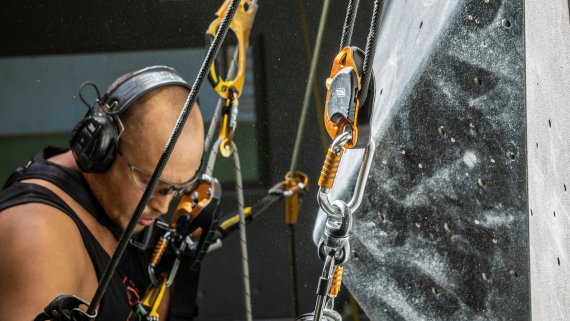
Sounds like an exciting new job description. But back to where we are now: what does the current training as a route setter for mass sports look like?
The focus of this training is safety. In addition, we offer background knowledge on the topics of handles and walls and then, of course, the creation of movements. We have divided the training into two parts. The first course lasts 4.5 days, followed by a 6-month break for practice. That's our, the federal teaching team's, outline. This is followed by a one-week examination course.
In your opinion, what makes a top route setter?
First of all, one should be a good climber in order to be able to complete the training as a route setter. A good route setter then questions what the user needs and not what he, the route setter, can or wants to climb. It's easy to set your personal limit to your own body. But it is an art to create routes that the hall users enjoy. In addition, experience and craftsmanship are required. In my opinion, customer knowledge, empathy and communication are also essential for a good route setter. The bait must taste good to the fish and not to the fisher.
And what happens if the bait doesn't taste good?
Then the route setter won't have the job long, or if the climbing hall ignores it, then the hall won't make it long.
In your opinion, where will route setting lead to in the future?
Ultimately, the indoor climbers and boulderers determine the development. Route setting will continue to be tailored to the needs of users. Target group analysis and customer knowledge are the magic words here.

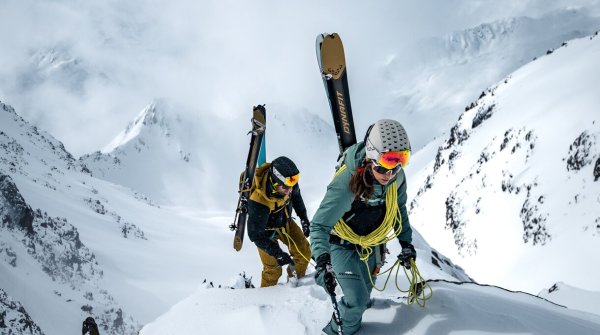 Sports BusinessSki Mountaineering Goes Olympic: What Milano-Cortina 2026 Means
Sports BusinessSki Mountaineering Goes Olympic: What Milano-Cortina 2026 Means
- ISPO awards
- Mountain sports
- Bike
- Design
- Retail
- Fitness
- Health
- ISPO Job Market
- ISPO Munich
- ISPO Shanghai
- Running
- Brands
- Sustainability
- Olympia
- OutDoor
- Promotion
- Sports Business
- ISPO Textrends
- Triathlon
- Water sports
- Winter sports
- eSports
- SportsTech
- OutDoor by ISPO
- Heroes
- Transformation
- Sport Fashion
- Urban Culture
- Challenges of a CEO
- Trade fairs
- Sports
- Find the Balance
- Product reviews
- Newsletter Exclusive Area
- Magazine



